

When your house becomes the new home of moths, it could be a while before you start seeing the first signs of a true infestation. Luckily, there are some steps you can take yourself before it’s time to consider calling in pest control, most of which will only cost you some elbow grease and time. Here you’ll find everything you need to know about moth infestations, from how to get rid of a moth infestation to how to remove moth eggs. Once you’ve handled the infestation, there are lots of ways to prevent another one from happening. But how can you spot an infestation in progress, and what exactly can you do when you find one?
There’s a big difference between spotting a moth infestation and a lost traveler who simply needs some assistance finding the door. All you have to do to get rid of a stray moth inside a room of your house is catch and release it outside. Depending on what kind of infestation you’re dealing with, there are different things to look out for and damage the moths can cause, especially because the lifespan of each moth can vary greatly. How long moths live depends on environmental factors.
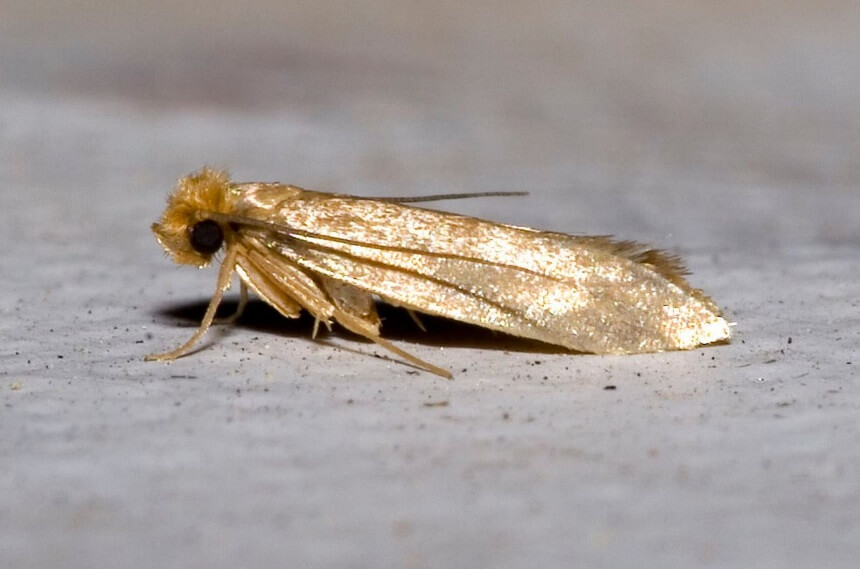
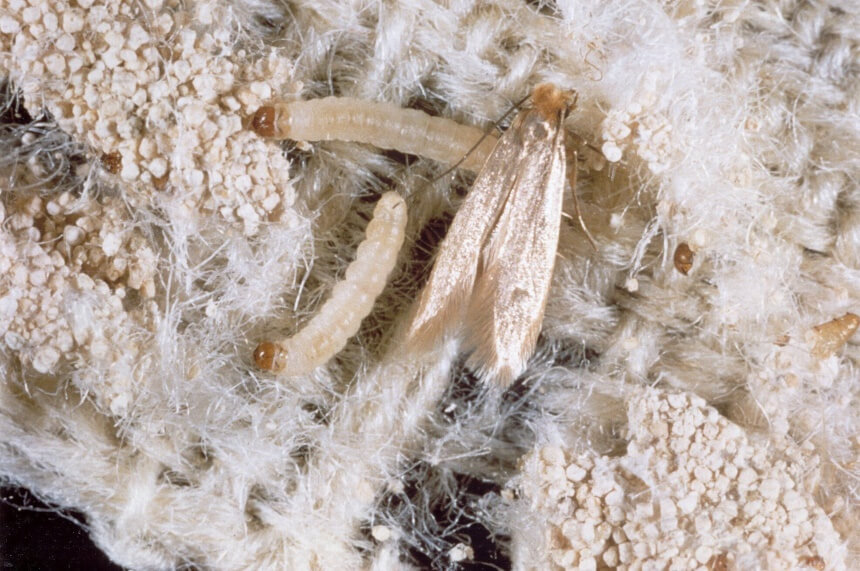
Food moths are notorious for being hard to find while still in the egg stage, but become more evident as the larvae mature. They’ll be most noticeable once they’ve developed into a cream or white color. Look out for little pinching holes in your paper and plastic food bags, and weblike, silvery material inside food boxes, cabinets, and your pantry.
When you’ve located the problem, it’s best to take action immediately. Most steps to get rid of the moth infestation can be done by yourself. And if all else fails, there are always professionals who know what they’re doing.
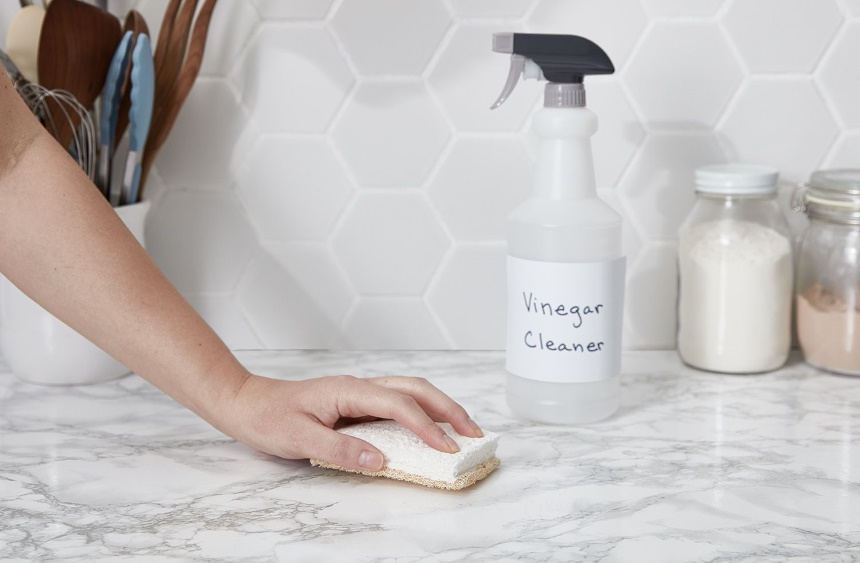
Wash all your clothing before putting them back into their spot. Moths are especially attracted to cloth that has perspiration on it, for example in the armpit area, so it’s important to not put any worn clothes back in order to get rid of the moth worms and reduce the chances of another infestation to start brooding. Washing of your clothing does not guarantee you get rid of all the moth eggs and larvae, as temperature is an important factor to consider.

On the other side is the use of cold also effective when combating a moth infestation. Put any belongings and garments that fit in a zip-lock bag in your freezer for at least 24 hours. Neither eggs nor larvae can withstand cold temperatures.
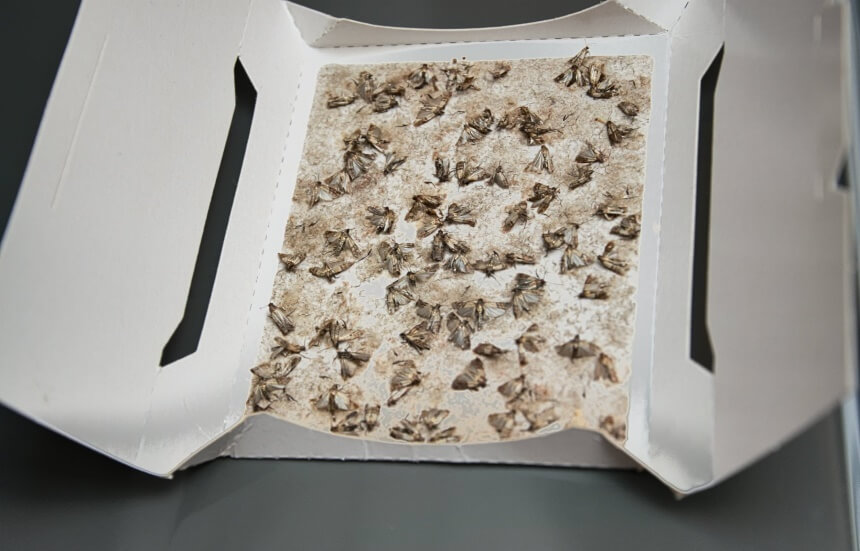
If you still can’t seem to get a handle on your moth infestation, it might be time to consider calling in the help of a professional. It will cost you a little more than some elbow grease, but you can be sure that the moth infestation is treated properly. After that, all there’s left to do is prevention.
It’s pertinent to get into a few new habits and add some preventative measures to ensure no new moth infestation settles into your home. So, what can you do yourself to keep moths at bay?

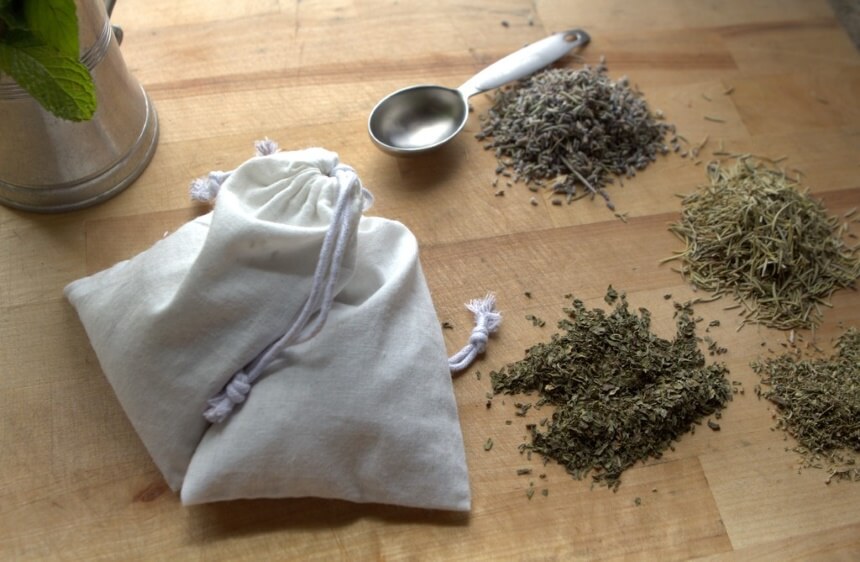
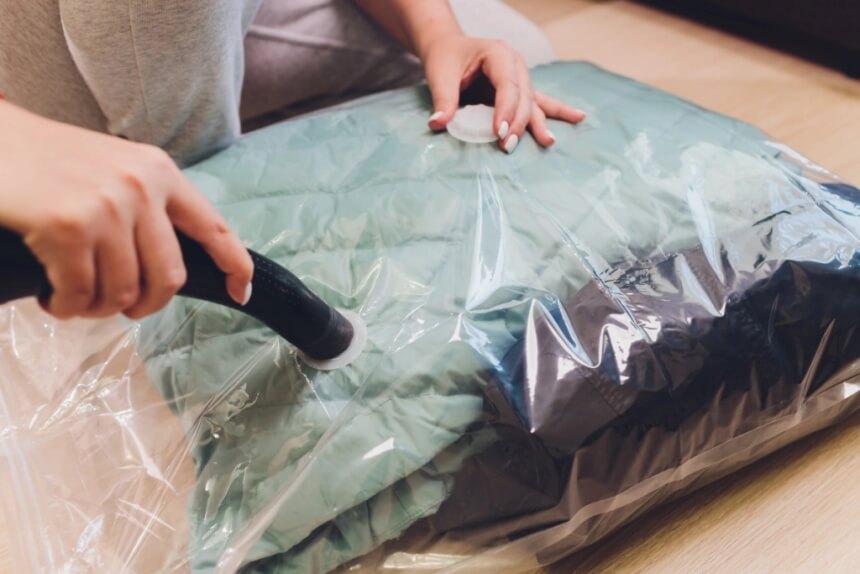
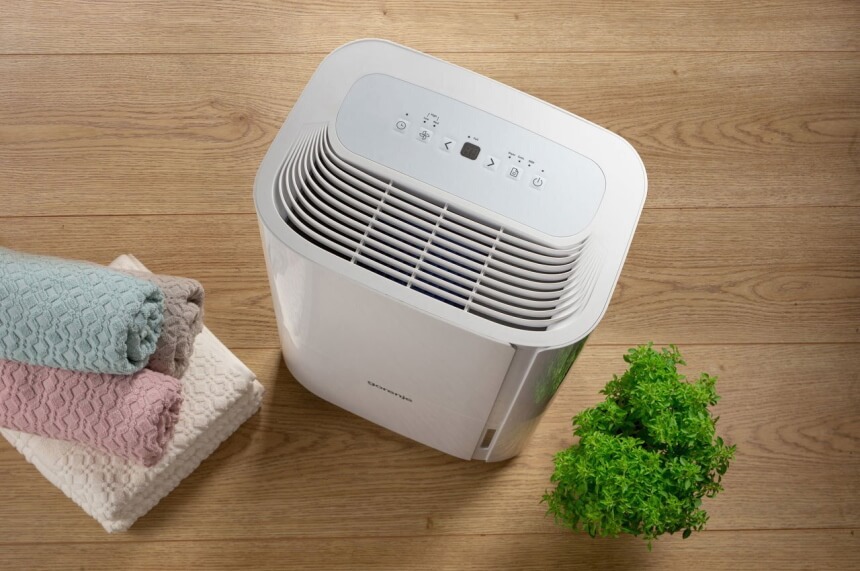

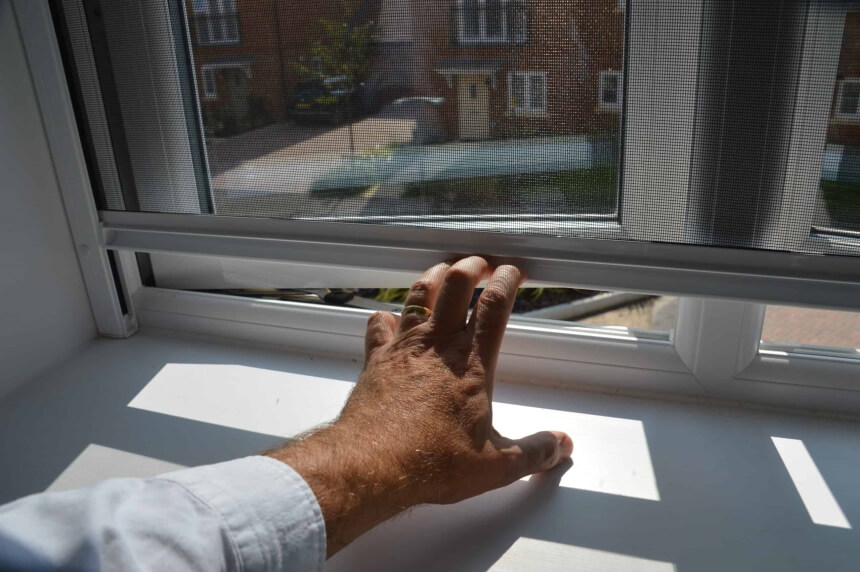
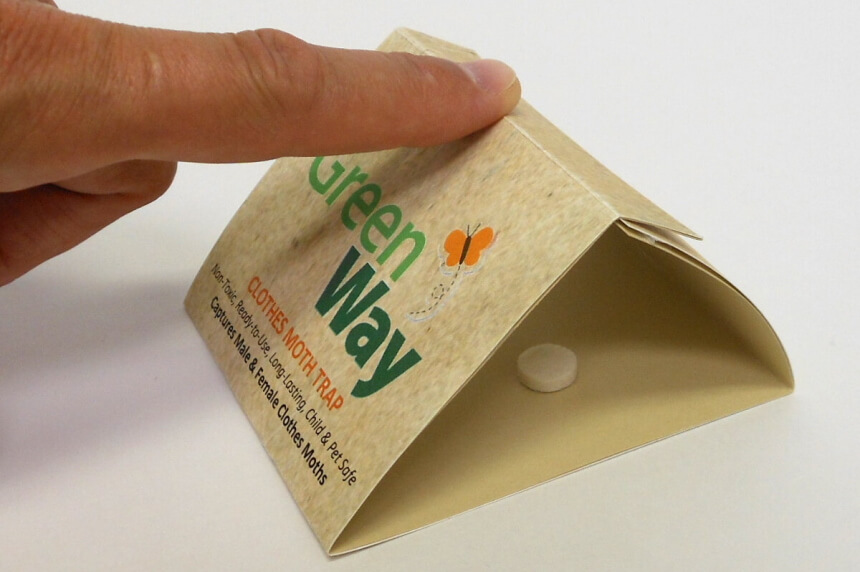
Coming into contact with larvae can cause a skin condition called Lepidopterism, also known as caterpillar dermatitis. Usually, this means you’ll get an itchy or painful rash. Always contact a doctor for advice when you suspect an allergic reaction. Some people can develop health issues like blistering of the skin, swelling, and hives. And in very rare cases, coming into contact with a moth or larvae can cause anaphylaxis, which is a severe allergic reaction, the symptoms of which include vomiting, diarrhea, dizziness, and in the worst-case scenario, cardiac arrest. That’s why it’s important to know how to spot the signs of a starting infestation as soon as possible.
The egg masses of the gypsy moth are tan in color and fuzzy, measuring about 1,5 inch in size. They can be laid individually or clusters, on any surface around your home. Flat areas that offer shelter are preferred, like under tree branches and under garden furniture. Remove egg masses using something flat to scrape the mass into a container filled with soapy water, keeping an eye on any cracks and crevasses. This method is also effective in getting rid of any moth eggs on the siding of your home. Consider hiring a professional to check and take care of tree tops. When it comes to getting rid of gypsy moth caterpillars, you can wrap your tree with an adhesive agent or use burlap to catch the caterpillars.
When dealing with brown tail moths, it’s ideal to use a wet/dry vacuum with a HEPA filter, if possible. Put an inch or so of soapy water in the vacuum and leave the moths in the substances for three to five days before disposing of the remains. Be careful to always take protective measures whenever dealing with any kind of infestation.
Discovering a moth infestation in your home is no fun, but before the need to call in a professional becomes inevitable, there are several things you can try yourself to get rid of your moth infestation. Keeping an eye out for discretions in your carpet and worn-down places around furniture and walls, storing food in air tight containers, watching out for holes and tunnels in your garments, and having a regular cleaning schedule will all help spot problems on time, or prevent them altogether. Contact a doctor whenever an allergic reaction has occurred. Treatment can be offered, though this isn’t always necessary. When an infestation is too big for you to handle, or the infestation is situated in a dangerous-to-reach place, contacting pest control might be the best solution.